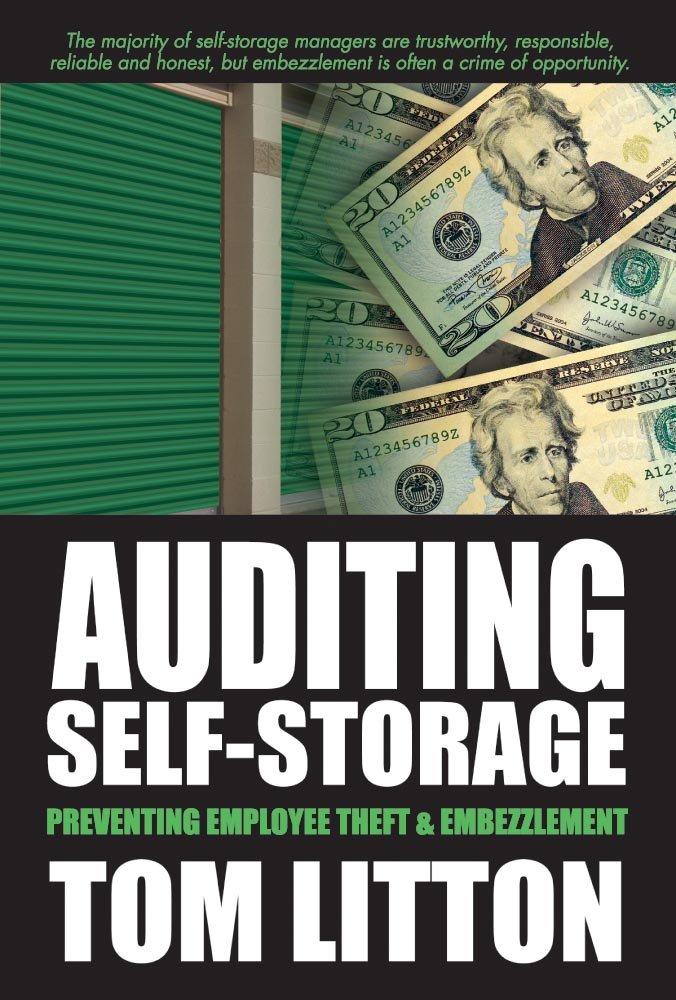Question
Patterns for Africa ('PFA') is a newly established organization in Johannesburg, South Africa. PFA provides jobs to jobless people who have crafting skills. PFA specializes
Patterns for Africa ('PFA') is a newly established organization in Johannesburg, South Africa. PFA provides jobs to jobless people who have crafting skills. PFA specializes in the making and sale of cushions with an African flare. Material used for the making of these cushions are hand-painted by its employees. All employees are also owners of the organization and share in the profits made by the organization. The organization strives to give back to the community by providing jobless people the opportunity to start a career. PFA strives to pay out all profits at the end of the year to its owners. Thandi Mathemba is the founder and head of operations of PFA. She is currently busy with the analysis of the previous financial period's results. The following actual information for the previous financial period is available to Thandi:
Notes Rand Sales (9 732 cushions) 1,946,400 Less: Cost of Sales Labour 1 (765,800) Material purchased 2 (243,300) Overhead expenses 3 (158,205) Gross profit 779,095 Less: Other expenses Water and electricity 4 (119,000) Rent of administrative building 5 (240,000) Telephone expenses 6 (85,000) Other operating expenses 7 (35,095) Profit share paid to employees 8 (300,000) Net profit 0
Notes: (1) Besides the profit-share that is yearly paid out to employees, they are also paid a wage of R20 per hour worked on the making of cushions. Due to PFA being a newly established business, employees are still in a learning phase and the time is takes to make cushions decreases as the employees become more used to their tasks. On average, the time it takes for an employee to make the first cushion is 2.5 hours. A learning curve percentage of 80% is present in this industry. (2) Direct material amounts to R25 per cushion. (3) Overhead expenses consists out of a fixed and variable amount. Variable overheads varies per labour hour and fixed overheads were the same each month. The monthly overhead expenses were as follows:
Month Hours Amount Month Hours Amount January 1,600 13,200 July 1,500 13,000 February 1,650 13,300 August 1,650 13,300 March 1,550 13,100 September 1,600 13,200 April 1,559 13,200 October 1,600 13,200 May 1,598 13,150 November 1,598 13,150 June 1,700 13,400 December 1,540 13,005 Total overheads for the year 158,205
(4) Water and electricity are paid based on the following sliding scales (kl = kilolitres; kWh = kilowatt hour)
Water Electricity First 6,000 kl Free First 100 kWh Free 6,001 kl - 10,000kl R12 per kl 101 kWh - 500 kWh R2 per kWh 10,001 kl and above R54 per kl 500 kWh and above R5 per kWh
(5) Rental amounts to R20,000 per month.
6) A fixed monthly fee of R945 are payable to the telecommunication service provider as well as a cost of R2.50 per calling minute and R0.50 per megabyte of data used. (7) Other expenses are all fixed costs paid for operational purposes. (8) There were 30 employees employed by PFA and they all received a payout at year-end of R10,000 from the profits for the year.
Select the correct answer from the options below: 1. The fixed portion of operating expenses are fixed per month. The fixed cost per hour will therefore stay constant with a change in the labour hours in a specific month. The variable portion of operating expenses are variable per month. The variable cost per hour will therefore increase as the labour hours in a specific month increase. 2. The fixed portion of operating expenses are fixed per month. The fixed cost per hour will therefore stay constant with a change in the labour hours in a specific month. The variable portion of operating expenses are variable per month. The variable cost per hour will therefore decrease as the labour hours in a specific month increase. 3. The fixed portion of operating expenses are fixed per month. The fixed cost per hour will therefore decrease as the labour hours in a specific month increase. The variable portion of operating expenses are variable per month. The variable cost per hour will therefore stay constant with a change in the labour hours in a specific month. 4. The fixed portion of operating expenses are fixed per month. The fixed cost per hour will therefore increase as the labour hours in a specific month increase. The variable portion of operating expenses are variable per month. The variable cost per hour will therefore stay constant with a change in the labour hours in a specific month.
Step by Step Solution
There are 3 Steps involved in it
Step: 1

Get Instant Access to Expert-Tailored Solutions
See step-by-step solutions with expert insights and AI powered tools for academic success
Step: 2

Step: 3

Ace Your Homework with AI
Get the answers you need in no time with our AI-driven, step-by-step assistance
Get Started


